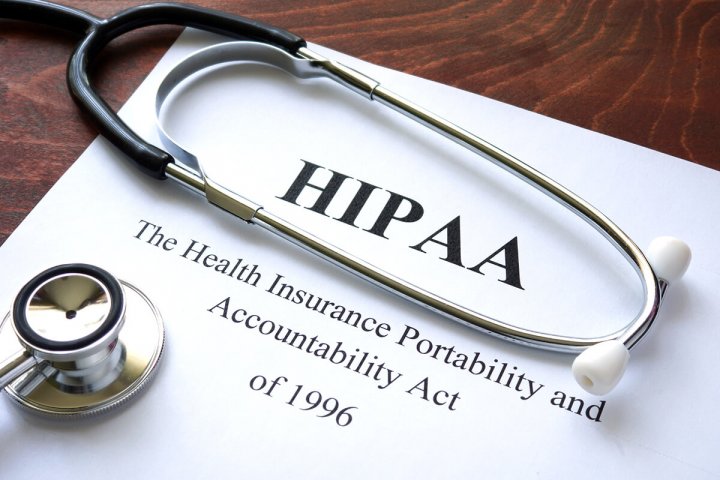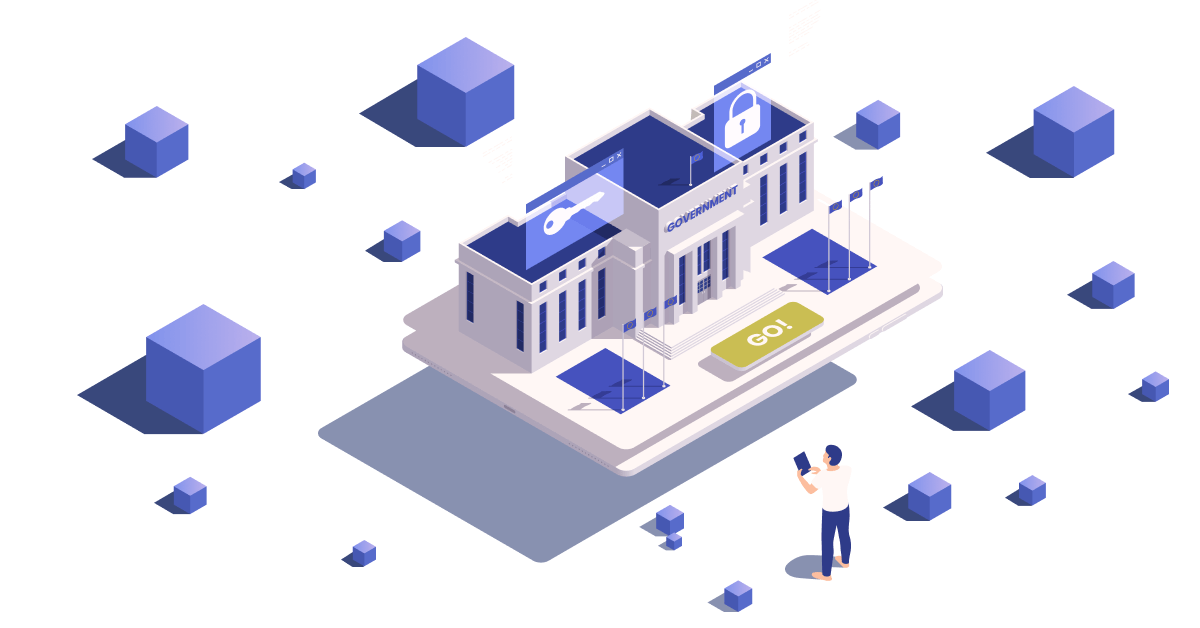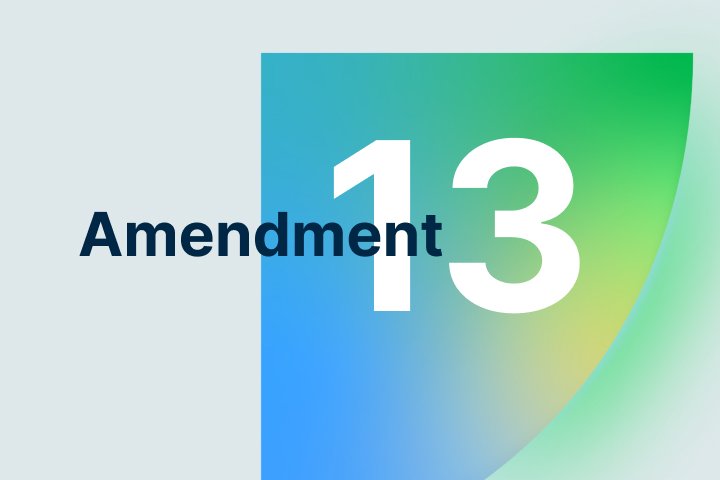Welcome to a comprehensive exploration of the Gramm-Leach-Bliley Act (GLBA) – a guardian of consumer privacy and data security in the financial sector in the United States. By understanding its intricacies and implementing its requirements, financial institutions can build trust with customers and ensure the confidentiality of their non-public personal information.
Let's dive into the core of GLBA, exploring its three essential components: its purpose, scope, and how organizations can ensure compliance while strengthening their data defenses.
What is the GLBA?
The GLBA, enacted in 1999, is a federal law that aims to enhance consumer privacy and data security for financial institutions. Its primary focus is on safeguarding non-public personal information (NPI) held by financial institutions.
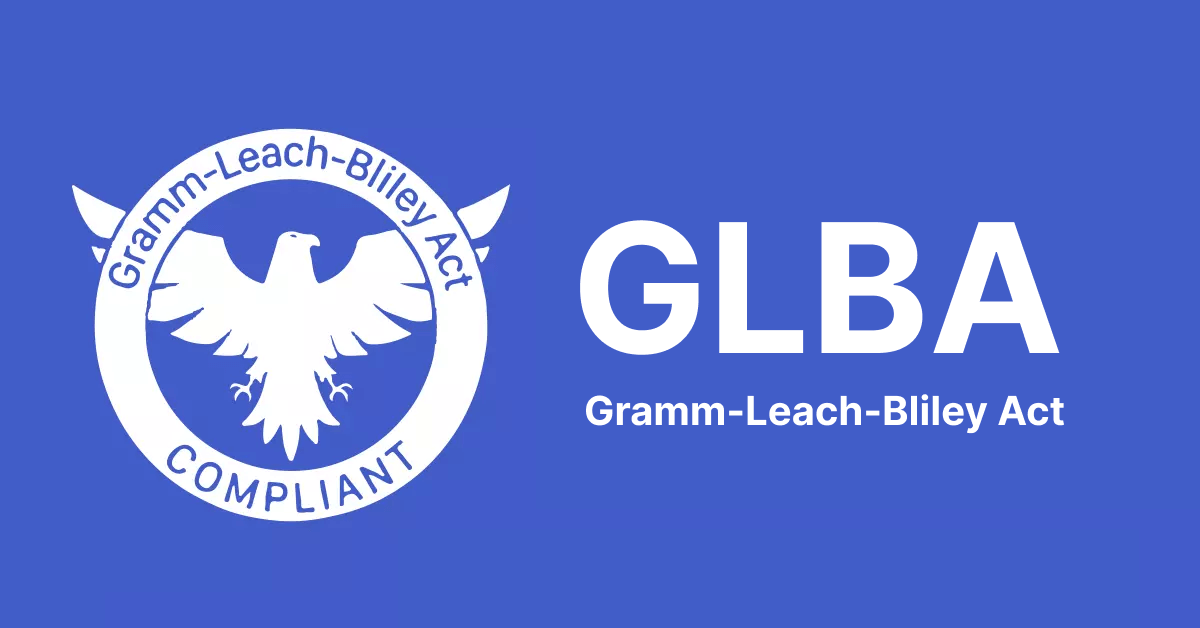
Three main sections make up the GLBA. Here are their brief descriptions (with examples):
- Financial Privacy Rule: This rule is all about transparency and giving individuals control over their financial information. Financial institutions covered by the GLBA must provide clear privacy notices to customers, explaining what data is collected, how it's used, and with whom it's shared. Customers also have the right to opt-out of sharing their info with non-affiliated third parties. Here's an example to break it down:
A customer has opened an account at a bank. As part of the process, the bank gives the customer a clear notice that explains what info they'll collect from the customer, like their name, address, and transactions details. They also tell them how they'll use it (like for processing transactions and preventing fraud). And most importantly, the bank lets the customer know how they can opt out of their information getting shared with third parties.
- Safeguards Rule: This rule is like a security guard for personal data collected by financial institutions. It mandates organizations that fall under the GLBA’s scope to implement comprehensive data security processes that protect NPI from unauthorized access. The rule emphasizes the importance of business continuity and disaster recovery plans to counter data breaches. Take this example:
Let's say you're a credit union handling lots of customer data. The Safeguards Rule says you need to create a security plan. This could involve using encryption to make sure only authorized people can access the data, setting up strong passwords and access controls, and training your employees on how to spot and prevent data breaches. You’ll also need a clear recovery plan that can be put into action right away if necessary.
- Pretexting Provisions: Pretexting, a form of social engineering, involves tricking individuals into revealing valuable information through fabricated stories. The GLBA makes it illegal for financial institutions to use or allow pretexting to get customer data. They also have to take active steps to prevent it, like employee training and thorough verification of anyone requesting information. Let's see an example of pretexting:
Imagine a scenario where a cybercriminal targets a small credit union. The criminal does some research and learns that the credit union has recently undergone a system upgrade. Armed with this information, the criminal calls the credit union's customer support line posing as a technical support representative from the system upgrade team, explaining they need to verify some account details to ensure the upgrade went smoothly. The criminal requests various pieces of customer information, such as full names, account numbers, and even social security numbers. With the collected data, the criminal gains access to customer accounts and begins unauthorized transactions.
The Pretexting Provisions of the GLBA explicitly prohibit the use of pretexting to gain access to customer information held by financial institutions, such as the case in the example. The credit union's employees are required to follow strict procedures when handling customer data, including verifying the identity of individuals requesting sensitive information.

Consumers vs. customers: What’s the difference?
There is a distinction between consumers and customers in the GLBA. Customers, unlike consumers, maintain ongoing relationships with a financial institution.
Let's say Jane applies for a credit card from Bank A. Since she is seeking a financial service from the bank but doesn't have an ongoing relationship with them beyond this application, she is considered a consumer.
Once Jane is approved for the credit card from Bank A, she starts using it for transactions. She has established an ongoing relationship with the bank through this credit card account. In this case, Jane becomes a customer because she has a continuing relationship with the institution.
Or, let’s put it this way: While all customers are consumers, not all consumers become customers unless they establish a longer-lasting and more intimate relationship with a financial institution. Not surprisingly, stricter data privacy requirements apply to customers. For instance, only customers are automatically entitled to opt-out rights, while consumers only get that right in specific circumstances.
The scope of the GLBA: Who does it apply to?
The GLBA casts a wide net over various financial institutions and entities that either operate in the USA or have customers in the USA. It encompasses a range of financial institutions, like:
- banks and credit unions
- mortgage brokers
- insurance companies
- securities firms
- investment advisors
- mortgage lenders and brokers
- tax preparers
- consumer reporting agencies
The purpose of the GLBA: Privacy, security, and trust
In this digital age where financial transactions are conducted online and personal information is an incredibly valuable asset, the GLBA stands out as a protector of data and privacy in the United States. Each of the GLBA’s key components plays a crucial role in ensuring that financial institutions handle personal data with care.
The GLBA’s mission is clear: to protect and empower individuals, strengthen data security practices by financial institutions, and ensure the integrity of the financial industry.

Enhancing consumer privacy
At its core, the GLBA gives individuals the power to decide how their personal information gets collected and used by financial institutions. The Financial Privacy Rule says these companies have to give clear privacy information to individuals, telling them how their data's being used and letting them say "no thanks" to sharing with others.
This empowers individuals to maintain a level of control over their personal data, fostering trust in the institutions that hold their information.

Strengthening data security
Beyond privacy, the GLBA places a heavy emphasis on safeguarding the security and integrity of non-public personal information. The Safeguards Rule makes sure financial institutions create solid security plans for NPI. This means using strong measures like encryption, access controls, and training to stop cyber threats and data breaches that could compromise the confidentiality of personal data.

Fostering consumer confidence
By establishing clear guidelines for data protection and privacy, the GLBA aims to foster consumer confidence in the financial industry. When individuals entrust their personal and financial information to institutions, they do so with the expectation that their data will be handled responsibly and securely. The GLBA's regulations and safeguards provide the framework necessary to instill this confidence, enabling consumers to engage in financial transactions with peace of mind.
How to comply with the GLBA regulation
Complying with the GLBA requires a strategic approach. Here's a step-by-step outline to help your organization navigate the compliance journey:
Step 1: Identify and protect NPI
- Identify all NPI within your organization.
- Implement access controls to limit employee access to NPI based on job responsibilities. Consider the Zero Trust Approach which is exactly what it sounds like: nobody is trusted to get access until proven necessary.
- Encrypt NPI during transmission and storage to prevent unauthorized access.
Step 2: Develop a comprehensive security policy
- Create a written security plan detailing how your institution safeguards NPI. Following the ISO 27001 international standard is a sure-fire way to build an effective information security management system.
- Appoint an individual or team responsible for overseeing the security program.
- Conduct regular risk assessments to identify vulnerabilities and mitigate potential threats.
Step 3: Provide privacy notices and opt-outs
- Develop clear and concise privacy notices that inform customers about your institution's information-sharing practices.
- Allow customers to opt-out of sharing their NPI with non-affiliated third parties.
- Implement a process to honor customer opt-out requests in a timely manner.
Step 4: Train employees
- Provide comprehensive training to employees on GLBA requirements, data security practices, and the importance of customer privacy.
- Regularly update employees on emerging threats and best practices for data protection.
Step 5: Regularly monitor and update processes
- Conduct ongoing monitoring of your security program's effectiveness and adjust as needed.
- Stay informed about changes to regulatory requirements and industry standards that could impact your organization.
GLBA enforcement and penalties
When it comes to the GLBA, compliance isn't just a suggestion – it's a must. Financial institutions that don't take these regulations seriously could find themselves in hot water.
The GLBA doesn't mess around when it comes to fines. If a financial institution violates its regulations, the penalties can be hefty. For each violation, a company can be fined up to USD 100,000. And that's not all – individuals who are responsible for the non-compliance, like company officers or board members, could be fined up to USD 10,000 for each violation. Imagine getting a bill for that amount because your organization didn't follow the rules!
And it's not just about the money – non-compliance can also lead to legal troubles. Those individuals who were fined might also face up to 5 years in prison for their part in not adhering to the GLBA.
For financial institutions, strict adherence to the GLBA shows that they take data security seriously and that they're dedicated to keeping personal information out of harm's way. So, if you're a financial institution, remember that following the GLBA isn't just about avoiding fines – it's about safeguarding your reputation and your customers' peace of mind.
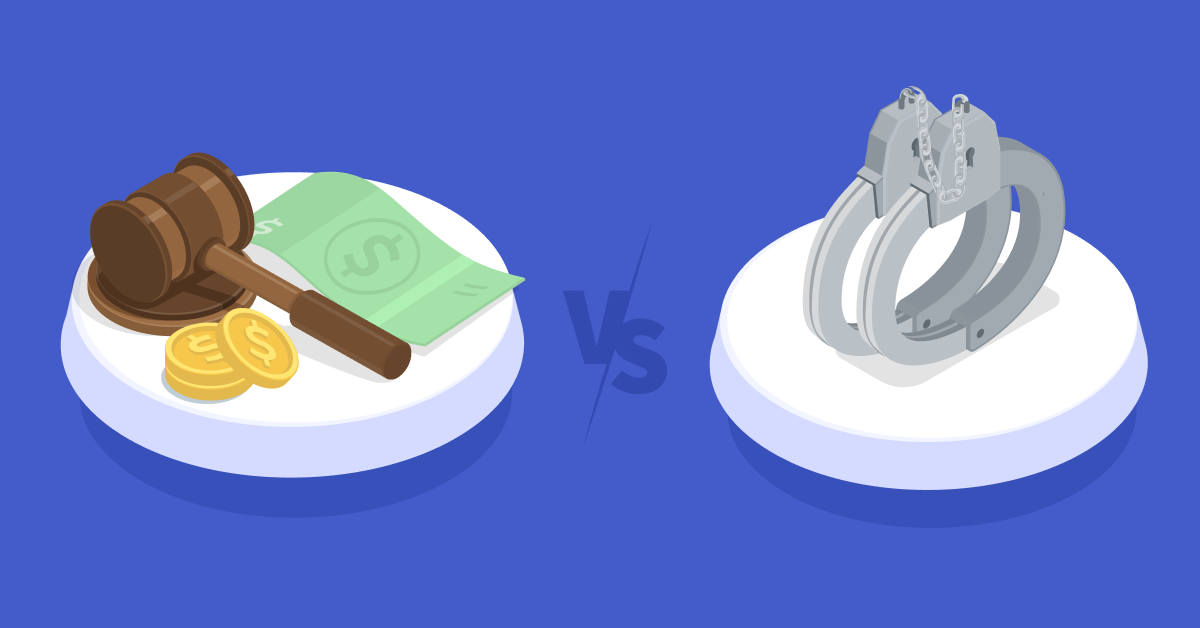
Safetica's role in GLBA compliance
Safetica's Data Loss Prevention (DLP) software, like Safetica, offers a robust but easy-to-use solution for financial institutions striving for GLBA compliance. Here's how Safetica can be your trusted ally in data protection:
- Sensitive data protection: Safetica identifies and monitors NPI across your organization, preventing unauthorized access, sharing, or leakage.
- User behavior analytics: Safetica doesn't just focus on data at rest; it also keeps an eye on how data is being used. By analyzing user behavior patterns, it can identify unusual or risky activities that might put NPI at risk.
- Encryption and access controls: Safetica ensures that NPI is encrypted during transmission and storage, while access controls limit data exposure to authorized personnel only.
- Incident Response: Safetica alerts you to any suspicious data movement or unauthorized access in real time, enabling swift incident response and preventing potential breaches.
With Safetica's DLP solutions, financial institutions can enhance their data security, mitigate privacy risks, maintain compliance with GLBA, and safeguard the privacy of individuals' personal information. It’s a win-win-win!
Next articles

Understanding SOC 2: The Scope, Purpose, and How to Comply
Get started with your SOC 2 compliance efforts: what SOC 2 is, why it matters, and, most importantly, what steps you need to take if you want to get a SOC 2 report for your organization.